Kyiv launches first foreign invasion into Russia since World War II
Ukraine’s 30km thrust into Kursk raises questions about Russian military capabilities and where Putin’s red lines may really lie.
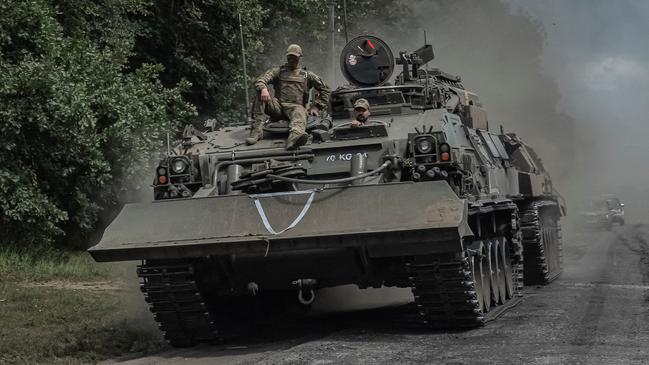
In the six days since Ukrainian forces pushed into Russia’s Kursk region, at least 76,000 Russian civilians have fled the fighting – some seen racing away in shrapnel-peppered cars. A tent city for refugees is being set up in the regional capital. The first major foreign military invasion of Russian territory since World War II, the Ukrainian incursion caught Moscow by surprise. Kyiv’s forces have advanced at least 30km in from the border and raised a Ukrainian flag in the town of Sudzha.
Videos posted online show a column of Russian reinforcements taking heavy losses on Friday near another town in the area, Rylsk, and Ukrainian troops released footage with more than 100 Russian prisoners. At least three Russian combat helicopters have been shot down, according to Russian military analysts.
Still, on Russian television – and in the Kremlin’s pronouncements – the tumultuous events of recent days are presented as almost routine, with Ukrainian forces usually referred to as saboteurs who are attempting an incursion.
President Vladimir Putin described the advance of Ukrainian armoured units as “yet another large-scale provocation”.
The chief of Russia’s general staff, General Valery Gerasimov, said no more than 1000 Ukrainian troops were involved. Russia’s defence ministry later said 1120 Ukrainian troops had been killed, sparking online ridicule of the defence establishment by Russian nationalist bloggers.
On Friday, the Russian government described activities in the border regions of Kursk, Bryansk and Belgorod as a “counterterrorist operation”, giving them the same legal status as law-enforcement actions against Islamist extremist groups in the northern Caucasus.
This placed the fighting on the Ukrainian border under the overall command of the Federal Security Service, Russia’s domestic intelligence agency, rather than the military.
“There can be no rally around the flag effect for an authoritarian regime that is losing,” said self-exiled Russian political analyst Abbas Gallyamov, who used to be one of Putin’s speechwriters.
“The authoritarian public only respects strength – if you win, you become more popular. But if you start losing, and the defeat in Kursk is obvious, then you remain alone and people don’t just turn away from you, they start hating and despising you.”
It was a wave of public outrage about the conduct of the war – and Russian combat losses – that fuelled the most serious challenge to Putin’s rule so far, last year’s brief mutiny by the Wagner paramilitary group led by Yevgeny Prigozhin. Wagner easily took the Russian city of Rostov and rolled almost unopposed towards Moscow before aborting the uprising.
It appears that Russia has managed to slow down Ukrainian advances in Kursk but it is nowhere near regaining lost territory so far, and Russian military bloggers said Kyiv seized an additional Russian village, Plekhovo, on Saturday.
“We must look at this situation with sobriety,” Russian politician Andrey Gurulev, a retired lieutenant-general, told Russian TV as he pointed to the size of invading Ukrainian units. “We won’t be able to push them out quickly.”
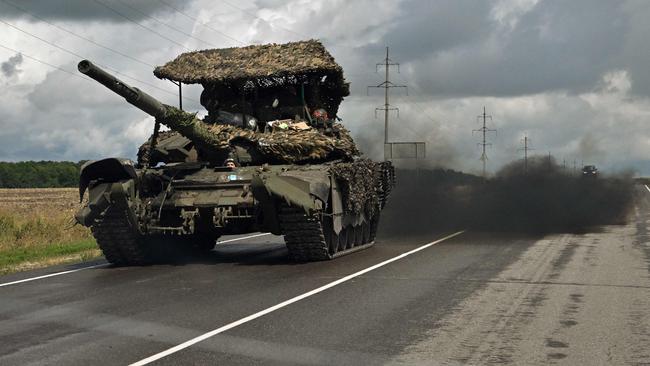
The Ukrainian move into Sudzha followed a similar but less successful Russian cross-border offensive in Ukraine’s Kharkiv region in May. That operation prompted the US and allies to relax longstanding restrictions on using Western-supplied weapons on Russian soil.
Washington still maintains the ban on striking Russian targets outside border areas, such as military airfields, with US-supplied ATACMS missiles out of fear of sparking escalation by the Kremlin. Putin’s muted reaction to the invasion of Kursk, however, raises questions about what red lines the Russian leader really has – and whether Western hesitation to arm Ukraine, a result of concerns about Russian escalation, was a strategic mistake.
“We have to see how the Russians respond, but this is an assault on its territorial integrity and ultimately sovereignty,” said John Foreman, a former British defence attache in Russia. “So the question is what is a red line.”

For now, at least, there is no evidence of popular outrage directed at Putin outside the immediately affected areas of Kursk region.
Russia’s hypernationalist war analysts are fuming about the failures of the Russian defence ministry. Some of them have demanded the sacking of Gerasimov and the return to the front of former Ukraine war commander General Sergei Surovikin, who was briefly detained and sidelined last year because of his ties to Prigozhin, and Major General Ivan Popov, the commander of the 58th Combined Arms Army who criticised the General Staff last year and is now in jail on corruption charges.
But this criticism is limited – in part because several hypernationalist commentators have been jailed or died in mysterious circumstances in the wake of the Wagner uprising. Just as the Ukrainian offensive in Kursk began, Russia tightened restrictions on YouTube and imposed curbs on the Signal messaging service, trying to contain the flow of information.
“War has become so routine in people’s minds that even such serious failures as the seizure of internationally recognised Russian territory is treated as something like ‘Meh, it happens’,” said Alexandra Prokopenko, a fellow at the Carnegie Russia Eurasia Centre and a former adviser at the Russian central bank. “I don’t think anything can mobilise Russian society at this point. Generally speaking, the Russian people have wanted and keep wanting the same thing: to be left alone.”
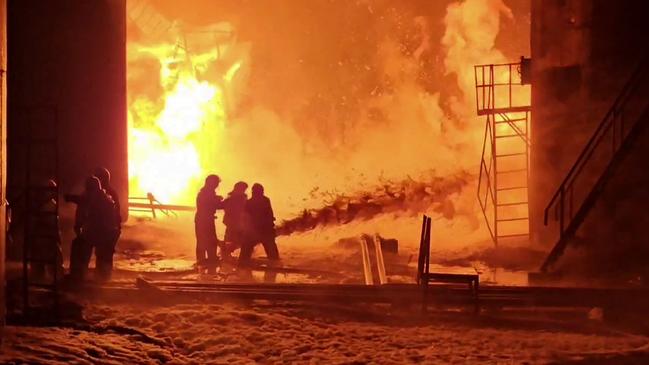
The events in Kursk aren’t completely unprecedented. There were brief incursions into Russia’s Belgorod region last year by Ukrainian-backed Russian fighters, including men from the Freedom of Russia Legion. But they never got past the immediate border villages and were pushed out within a day or two.
Ilya Ponomarev, a former Russian MP and now one of the opposition leaders affiliated with the Freedom of Russia Legion, said Putin’s Russian foes like him wanted to deploy to “liberated” areas of Kursk and set up a government there – but so far Ukraine’s government hasn’t approved such a step.
“These events can become the turning point of the war,” said Ponomarev, who survived a Russian drone strike on his home near Kyiv this month. “To end the war, we need political changes in Russia. And if there is liberated territory, we could create an alternative power there, and the agenda of political change will turn from hypothetical to real.”
While the Ukrainian offensive into the internationally recognised Russian territory might seem a dramatic turn of events to many in the West, it is less so in Russia because the Kremlin’s propaganda treats all of the fighting in the Ukrainian war as occurring on Russian soil.
Moscow, after all, announced the annexation of the Donetsk, Luhansk, Kherson and Zaporizhzhia regions of Ukraine in the northern autumn of 2022 – and, from the point of view of the Russian constitution, there is no legal distinction between a Ukrainian offensive in Kursk or in occupied southern Ukraine.
On Saturday the Russian ministry of emergency situations said there were 76,000 registered refugees from affected areas of the Kursk region, though the total number of civilians who fled their homes is likely much higher.
The total population of the Kursk region, home to one of Russia’s main nuclear power stations, is just more than one million, with almost half living in the regional capital. Putin announced after the invasion began that each person displaced from the border area would be eligible for a one-time payment of 10,000 roubles ($175), a small sum even in Russia.

In the city of Rylsk, as few as 5000 people out of 15,000 residents still remain as buses and private cars evacuate them to safety, according to district chief Andrey Belousov. The escapees are using a highway to Kursk that, according to Russian media, is already targeted by drones flown by advancing Ukrainian forces.
In a video posted on a Sudzha chat group shortly after the Ukrainian incursion, a crowd of local residents said they were forced to flee their homes carrying little more than the clothes they were wearing. In their appeal to Putin, they said they supported the war in Ukraine he unleashed in February 2022 but now had been left with nothing.
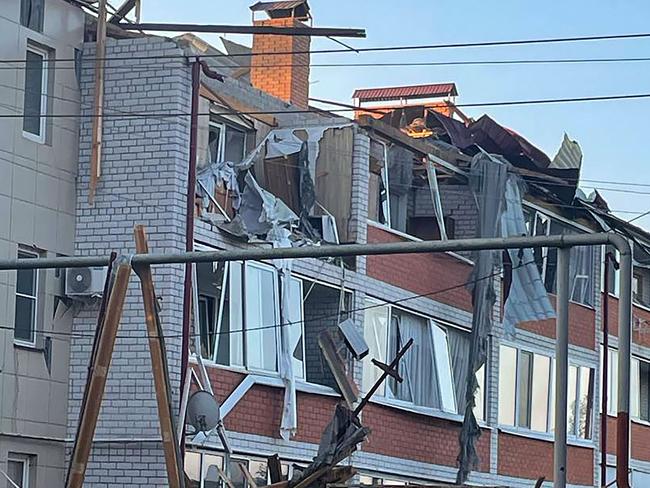
“Over the course of several hours our city was turned into rubble,” said one resident of the region around Sudzha, where most of the fighting took place. “Now we’ve had our land and homes taken from us and we escaped under fire.”
Appeals for evacuation assistance flooded local chat groups on Telegram, Russia’s most popular messaging app. Offers for housing in nearby cities also came from volunteers looking to house the thousands of men, women and children who fled the fighting. In the main regional city of Kursk, queues formed downtown as tonnes of humanitarian aid from government and private organisations were distributed to evacuees.
In another video posted on the same local Telegram channel, a woman near queues for humanitarian aid, who gave her name as Lyudmila, said her pregnant daughter had been shot dead in Sudzha. “Where is our government?” she yelled. “Putin, help please! The villages are being flattened, but you probably don’t know about the horrors there.”
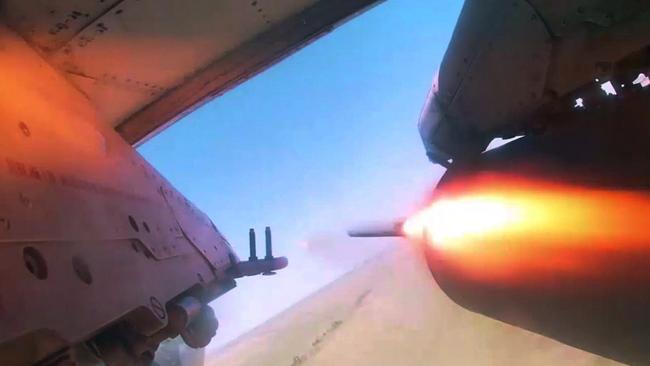
The incident has led criticism of Russia’s top military brass to flare again, albeit cautiously. A defence ministry official and the commander of the Chechen-run Akhmat unit of special forces, Apti Alaudinov, has pointed the finger publicly at Russian generals, saying they likely had the intelligence about the attack but failed to do anything about it.
“Some leaders of the defence ministry kept lying and lying, and I think it turned out they ultimately lied to themselves,” Alaudinov, who is deployed in Kursk, said in an interview widely carried on Russian Telegram channels. “We’ll have to work hard in the coming weeks.”
On Saturday the governor of Belgorod region, Vyacheslav Gladkov, tried to visit the village of Poroz to disprove Ukrainian claims of control but said he couldn’t reach it because of the security situation.
“The troops now have to carry out their work,” Gladkov told the residents of another village 5km away. “If things get worse, we’ll have to abandon this village. If you have children, you’ll have to take them away. If you have relatives nearby, you’ll also have to take them away.”
As Gladkov was returning to Belgorod, he said, a car in front of his convoy was hit by a Ukrainian drone. He posted a video showing the aftermath of the strike.
The Wall Street Journal

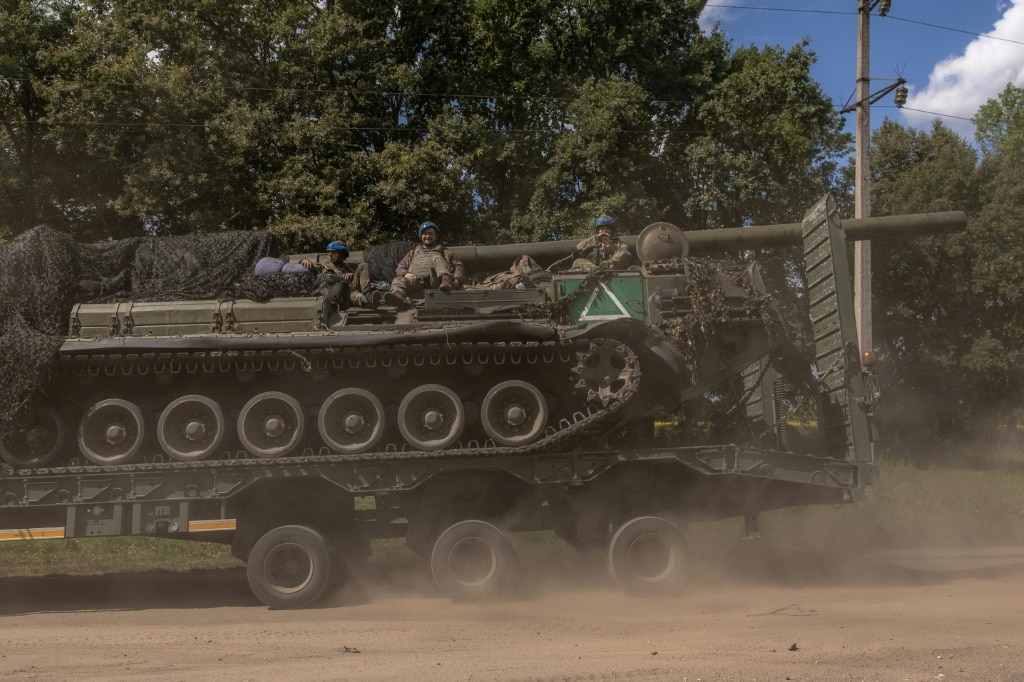
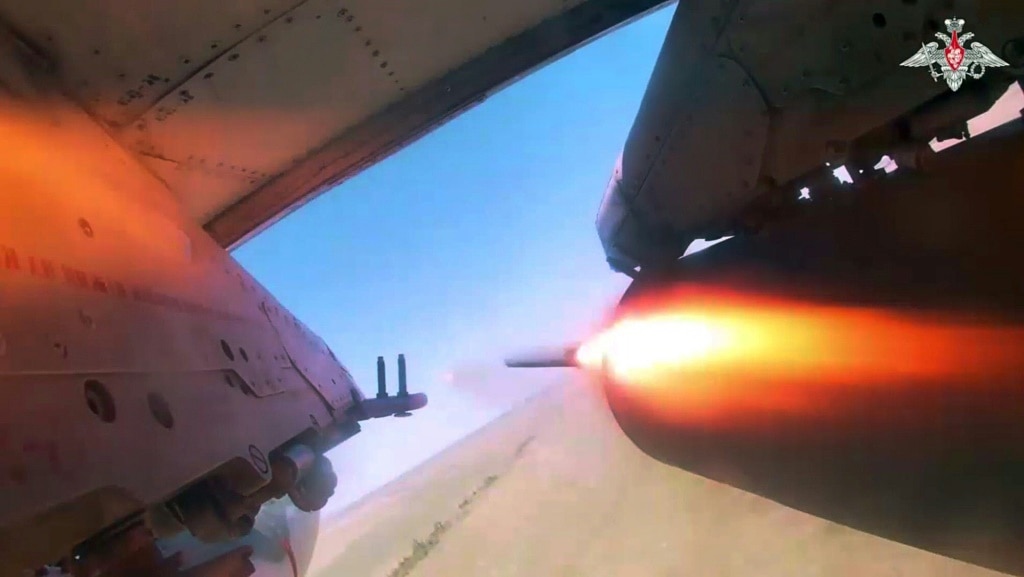
To join the conversation, please log in. Don't have an account? Register
Join the conversation, you are commenting as Logout